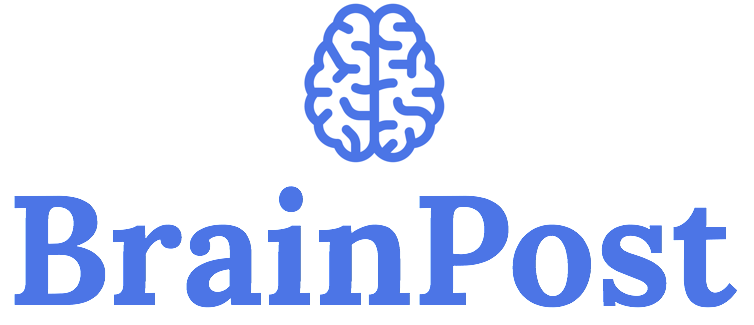Risk Factors for Aggression in Individuals with and without Mental Illness
What’s the science?
Childhood exposure to head trauma, sexual or physical abuse, or maltreatment, can have detrimental effects. These environmental risk factors as well as urban dwelling (urbanicity) and migration (moving to a new country), and secondary risk factors (alcohol and cannabis use) have previously been found to influence — when accumulated — the onset and severity of mental illnesses, including schizophrenia. Individuals with schizophrenia who had more of these risk factors have been found to be more likely to be hospitalized in forensic units (due to criminal conduct or violence) than those who had fewer risk factors. This week in Molecular Psychiatry, Mitjans and colleagues explored whether the presence of risk factors in childhood predicted criminal conduct independent of mental illness.
How did they do it?
The authors studied childhood risk factors in four separate cohorts of individuals who had schizophrenia or were schizoaffective (schizophrenia symptoms + mood symptoms), as well as in two cohorts of healthy individuals. First, in a discovery sample of individuals with schizophrenia, they studied males who had <1 (low risk) or >3 (high risk) risk factors. The authors examined the relationship between risk factors with forensic hospitalization, as well as with a violent aggression severity score (VASS). In other schizophrenia cohorts, a VASS was not available, so a proxy for aggression (past forensic hospitalization or conviction for a violent crime) was used. Finally, they also modelled the effect of risk factors on a proxy for aggression in healthy individuals of the Spanish general population (urbanicity was not available for this population).
What did they find?
In the discovery sample as well as in a replication sample of individuals with schizophrenia, 27% of high-risk individuals were in a forensic unit, while only 6% of low-risk individuals were. The addition of each risk factor increased the risk of forensic hospitalization as well as an aggression score in a step-wise fashion (more risk factors=more risk for aggression). The same step-wise pattern was noted for other cohorts of individuals with schizophrenia, using the proxy for aggression. In the discovery sample, the authors noted that risk factors increased early aggression (before 18 years old) occurring before schizophrenia onset, suggesting aggression (due to underlying risk factors) may be independent of mental illness. The same step-wise pattern for the effect of risk factors on aggression was found in two cohorts of healthy individuals. This finding provided further evidence that the relationship between risk factors and aggression was independent of mental illness.
What’s the impact?
This study is the first to suggest that aggression in individuals with or without mental illness may be related to risk factors in childhood — and not to the presence of mental illness itself. In both individuals with and without mental illness, the effect of risk factors on aggression or violence appears to be cumulative — a greater number of risk factors leads to a greater risk for aggression or violence. This work has important social implications and underscores the importance of preventative measures for at-risk individuals.
M. Mitjans et al., Violent aggression predicted by multiple pre-adult environmental hits. Molecular Psychiatry (2018). Access the original scientific publication here.





